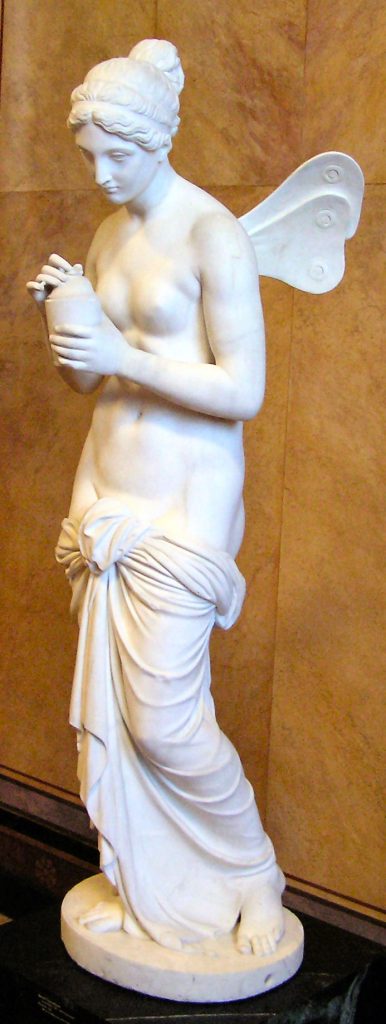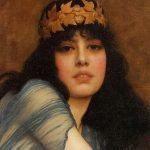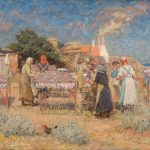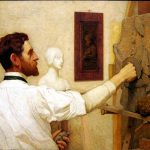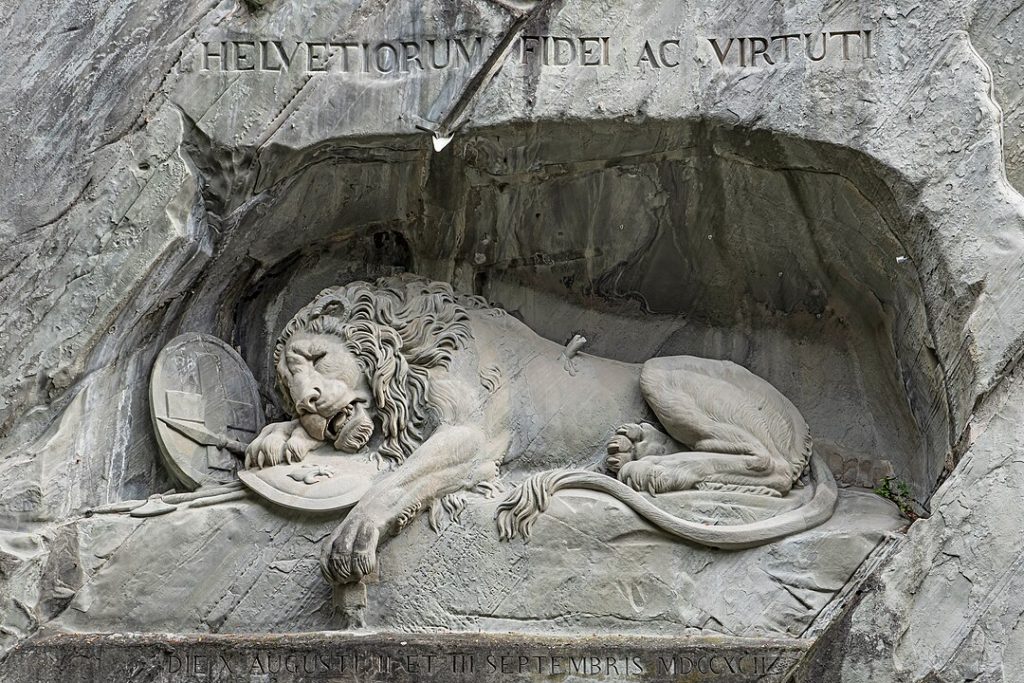
Bertel Thorvaldsen (1770–1844) was a Danish neoclassical sculptor who gained international acclaim for his masterful works during the early 19th century. He was born in Copenhagen, Denmark, and showed early talent in sculpture. Thorvaldsen’s artistic abilities were recognized, and he received a scholarship to study at the Royal Danish Academy of Art.
In 1796, Thorvaldsen traveled to Rome, Italy, where he spent most of his life and became a prominent figure in the artistic community. His works were deeply influenced by classical Greek and Roman art, and he embraced the neoclassical style, characterized by an emphasis on harmony, proportion, and a revival of classical forms.
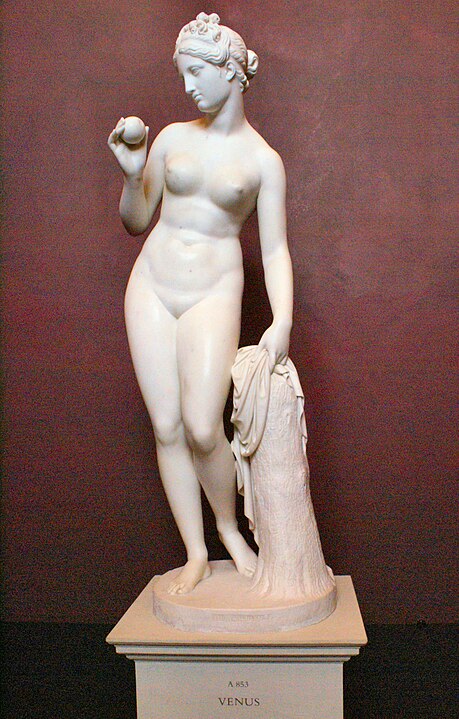
One of Thorvaldsen’s most famous sculptures is the statue of Jason with the Golden Fleece, created in 1803. However, he gained widespread recognition for his monumental works commissioned for public spaces and institutions across Europe. Among his notable creations are the statues of Mercury and Psyche, the Lion of Lucerne (Switzerland), and a series of bas-reliefs depicting scenes from classical mythology.
Thorvaldsen’s masterpiece is often considered to be the Christus and the twelve apostles, a sculptural ensemble that he worked on for many years. The Christus, in particular, is renowned for its serene and dignified portrayal of Jesus Christ.
Throughout his career, Thorvaldsen received numerous commissions and honors, and his works adorned various palaces, museums, and public spaces. He achieved great success during his lifetime, and his legacy continues to be celebrated. Today, many of Thorvaldsen’s sculptures can be found in the Thorvaldsens Museum in Copenhagen, which was specifically designed to house his works and personal art collection.
